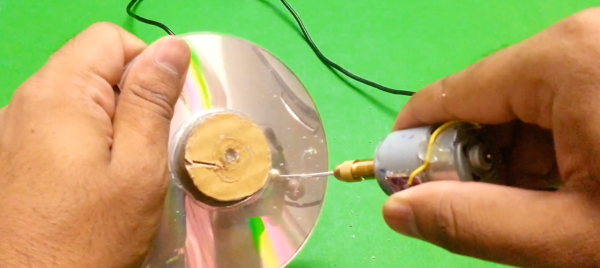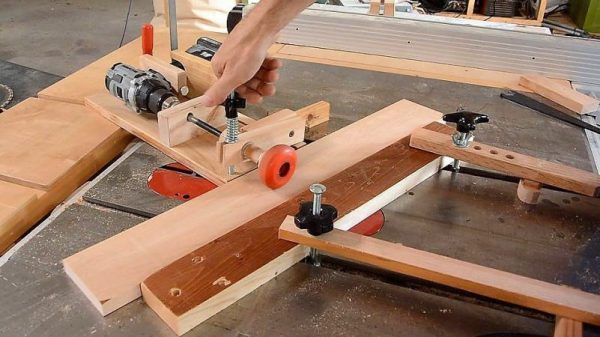We love this hacked-together mini drill by [BuenaTec] that uses a DC7.2V 10K-RPM motor with a 1/8” Dremel chuck added on. Power is supplied by a USB-A cable with the data wires cut off, with a switch controlling the voltage and a rectifier diode protecting the USB port or battery pack from back voltage from the motor.
The drill isn’t very powerful, only able to bore holes in PCBs, plastic, and similar soft materials. However, you could see how just a couple more components could make it even more robust — maybe a speed controller and voltage booster? Even so, we appreciate this bare-bones, ultra-low budget approach — only the barest essentials are included, with the components held together with hot glue and solder. Also, no one is allowed to complain about their soldering iron after viewing this video.
For more projects involving motors, read up on this brushless motor made from 3D-printed parts and this guide to hand-winding quadcopter motors.


















